The rise of COVID-19 has brought an array of challenges for brands, one of which is effective marketing. With a drop in on-site video and photo production, teams being asked to work from home, and businesses being forced to shutter indefinitely, it’s certainly pushing marketing teams to think creatively about how to cope with our “new normal”.
Here are a few ways to shift your current marketing strategy to help better equip your business during COVID-19.

Ditch the handshake: Unfortunately, we’re living in a world in which face-to-face interactions aren’t feasible for many of us for the foreseeable future. At a time when lead generation feels as though it’s being challenged, focus on engaging with the accounts that have the greatest potential for revenue. Refresh your LinkedIn page and increase your engagement with new or former customers. Set up one-on-one webinars to demo a product or service that can be shipped or installed in a safe environment. Create an immersive experience for prospects as soon as they visit your website or social media channels.
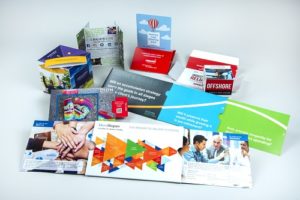
Shift dollars to dimensional: We all seem to be spending a lot more time in front of our screens than usual these days. Instead of investing in a one-dimensional marketing strategy, consider using print mailers to your advantage. Dimensional print pieces like the ones at Structural Graphics and Red Paper Plane stand out, deliver the message you want, and offer an interactive experience that’s sure to be remembered.
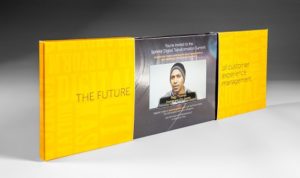
Communicate: We can’t think of a better time to strengthen your communications skills. Whether it’s updating internal staff on company news or sharing how your brand is pivoting during this time, consistent and engaging communication is integral to the longevity of any business.

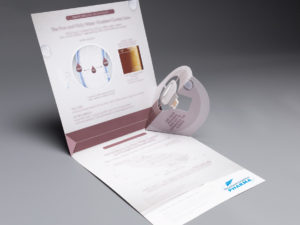


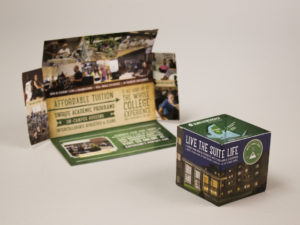 Our flat-cube is one of our most dynamic and exciting designs because of its ability to immediately make an impact with recipients. This one was used by
Our flat-cube is one of our most dynamic and exciting designs because of its ability to immediately make an impact with recipients. This one was used by 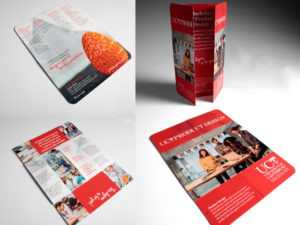
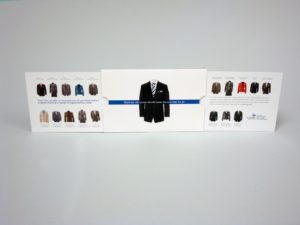 This clever Extendo mailer went out to prospective MBA students from the
This clever Extendo mailer went out to prospective MBA students from the 
